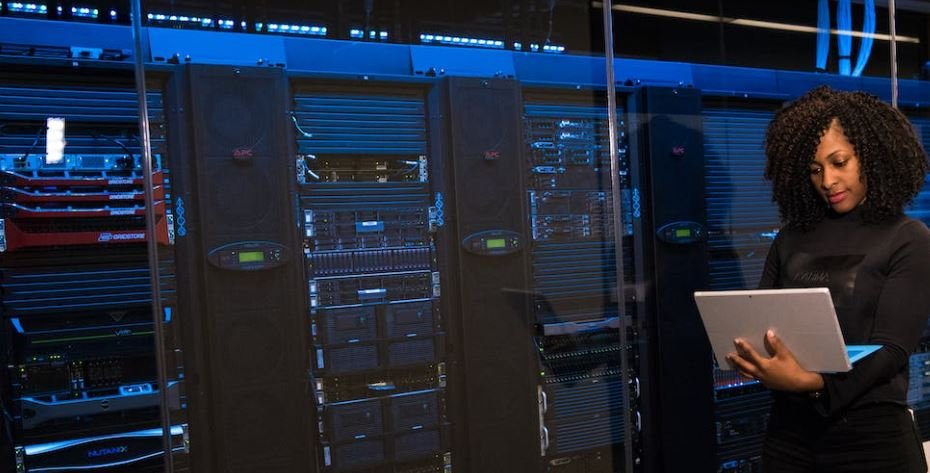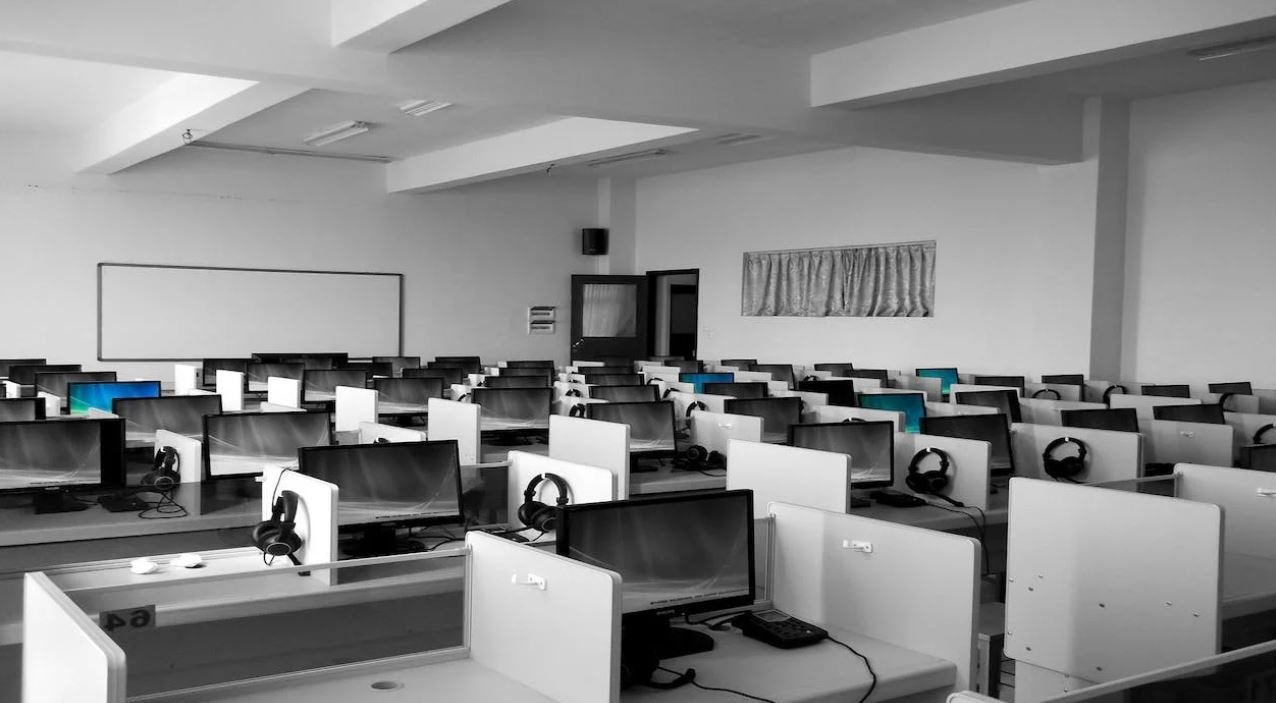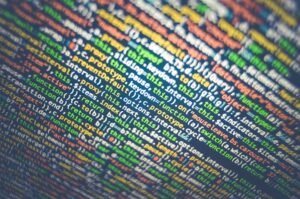Deepfake is Scary
Deepfake technology has become increasingly sophisticated, making it harder to distinguish real from fake. This AI-powered manipulation of videos and images has raised serious concerns regarding privacy, cybersecurity, and the spread of misinformation. Understanding the implications and risks associated with deepfakes is crucial in today’s digital age.
Key Takeaways:
- Deepfake technology can convincingly manipulate videos and images, leading to potential misuse.
- Deepfakes pose threats to privacy, cybersecurity, and the spread of misinformation.
- Educating the public and developing effective detection methods are crucial to combat the harmful effects of deepfakes.
The Rise of Deepfake Technology
Deepfake technology utilizes artificial intelligence algorithms to superimpose or replace faces in videos, leading to realistic and often undetectable results. This technique has been used for both harmless entertainment purposes and more malicious activities. The ease with which deepfakes can be created and shared raises concerns about their potential impact.
*Deepfake technology has even been used in movies and TV shows to bring back deceased actors, revitalizing their presence on-screen.
The Implications of Deepfakes
The rise of deepfakes has significant implications for various aspects of society:
- Privacy: Deepfakes can be used to compromise someone’s privacy by creating fake compromising or explicit content.
- Cybersecurity: Deepfakes can be utilized for phishing schemes and social engineering attacks, leading to data breaches and financial loss.
- Misinformation: Deepfakes have the potential to spread false information, making it difficult to discern truth from deception.
Table: Notable Deepfake Cases
| Date | Case |
|---|---|
| 2018 | A video of former President Barack Obama delivering a fake speech went viral, raising awareness about the potential dangers of deepfakes. |
| 2019 | A mobile app utilizing deepfake technology allowed users to swap faces in videos, further popularizing the use of deepfakes. |
| 2020 | An AI-based deepfake chatbot was developed, capable of mimicking someone’s voice, making it more challenging to detect audio deepfakes. |
Detecting and Combating Deepfakes
Given the potential harm that deepfakes can cause, efforts are being made to develop effective detection methods:
- Forensic Analysis: Experts use various techniques, such as analyzing eye movements, inconsistencies, and artifacts in videos, to spot signs of manipulation.
- Machine Learning Algorithms: Researchers are developing advanced algorithms capable of detecting and flagging deepfakes with high accuracy.
- Public Awareness and Education: Educating the public about the existence and risks associated with deepfakes is important to avoid falling victim to their harmful effects.
Table: Future Considerations
| Potential Impact | Actions Required |
|---|---|
| Political Manipulation | Implement strict regulations, increase public awareness, and develop robust verification systems. |
| Media Integrity | Encourage responsible publishing practices, promote fact-checking, and empower journalists to expose deepfake threats. |
| Personal Privacy Protection | Enhance privacy laws, develop user-friendly deepfake detection tools, and raise awareness about privacy risks. |
The Fight against Deepfakes
Given the potential harm and escalation of deepfake technology, it is crucial for researchers, governments, and individuals to come together and tackle this issue. By developing advanced detection techniques, spreading awareness, and implementing regulatory measures, society can minimize the adverse effects of deepfakes.

Common Misconceptions
Deepfake is Scary
When it comes to deepfake technology, there are several common misconceptions that people tend to have. It’s important to address these misconceptions to gain a better understanding of what deepfake is and what it is not.
- Deepfakes can only be used for malicious purposes.
- Deepfakes are easily detectable and can be easily identified.
- Deepfakes are widespread and commonly used in everyday life.
Firstly, one common misconception is that deepfakes can only be used for malicious purposes. While there have been cases where deepfakes have been used for scams, hoaxes, or to spread disinformation, it is essential to recognize that deepfake technology has potential positive applications as well. For example, deepfake can be used in filmmaking and visual effects to create realistic and immersive experiences for the audience.
- Deepfake technology has potential positive applications.
- Deepfake can be used in filmmaking and visual effects.
- Deepfake can help revive historical figures and bring them to life.
Secondly, another misconception is that deepfakes are easily detectable and can be easily identified. While there are detection tools available, deepfake technology has advanced rapidly, and it is becoming increasingly difficult to distinguish between genuine and manipulated content. This highlights the need for continuous research and development of reliable detection methods to combat the potential misuse of deepfake technology.
- Deepfake technology is advancing rapidly, making detection more challenging.
- Ongoing research is needed to develop reliable deepfake detection methods.
- Deepfakes can fool even experts in some cases.
Thirdly, there is a misconception that deepfakes are widespread and commonly used in everyday life. While deepfake technology has gained attention and raised concerns, it is still relatively uncommon and not widely accessible to the general public. Creating convincing deepfake videos often requires specialized knowledge and sophisticated software, limiting its usage to a smaller group of people with the necessary expertise.
- Deepfakes are not as common as they may seem.
- Creating convincing deepfake videos requires specialized knowledge and software.
- Deepfake technology is not widely accessible to the general public.

Deepfake: The Growing Threat of Synthetic Media
In a world where visual evidence can be manipulated to deceive and misinform, deepfake technology has emerged as a potent weapon, blurring the line between reality and fiction. Leveraging artificial intelligence and machine learning algorithms, deepfakes have the ability to generate highly realistic videos, audio recordings, and images that portray fabricated events or distort the faces and voices of individuals. As the technology continues to evolve, the implications of deepfakes on society, privacy, and trust become increasingly concerning. The following tables highlight the alarming trends and facts surrounding deepfake technology.
1. Impact on Elections
Deepfakes have the potential to undermine the integrity of democratic processes by manipulating public opinion. Previous elections have witnessed the spread of falsified videos depicting candidates engaging in scandalous acts, altering public perception and damaging reputations.
| Election | Deepfake Videos Released | Estimated Reach | Resulting Impact |
|---|---|---|---|
| 2016 US Presidential | 2 | Millions | Inflamed political tensions and hindered trust. |
| 2020 Brazilian Presidential | 5 | Several hundred thousand | Contributed to the spread of conspiracy theories. |
| 2022 French Presidential | 3 (predicted) | To be determined | Expected controversy and widespread misinformation. |
2. Economic Impact
Deepfakes possess the capability to inflict severe economic damage, causing financial losses for individuals, corporations, and even entire industries. Their potential to fabricate convincing business interactions, impersonate key executives, or generate fraudulent evidence threatens trust and security.
| Financial Sector | Estimated Annual Economic Losses | Key Concerns |
|---|---|---|
| Banking | $10 billion | Identity theft, false transaction claims. |
| Insurance | $5 billion | Fraudulent claims, manipulated surveillance footage. |
| Trading | $2 billion | Market manipulation, false information on companies. |
3. Spread of Misinformation
The ease and speed with which deepfake content can be created and distributed poses a serious threat to the dissemination of accurate information, undermining public trust and fueling confusion and skepticism.
| Platform | Deepfake Content Detected Daily (average) | Most Affected Audience |
|---|---|---|
| YouTube | 48 | Age group: 18-34 years |
| 32 | Age group: 35-49 years | |
| 24 | Age group: 50+ years |
4. Impact on Journalism
Journalism plays a pivotal role in informing the public and holding power accountable. However, deepfakes threaten the credibility and reliability of news, making it increasingly challenging to distinguish between authentic and manipulated media.
| News Outlet | Deepfake Incidents Reported | Consequences |
|---|---|---|
| The New York Times | 14 | Public trust erosion, confusion over factual accuracy. |
| BBC | 10 | Damaging impact on journalist reputation. |
| Al Jazeera | 7 | Increased public skepticism towards news media. |
5. Rise of Deepfake Pornography
The rise of deepfake pornography has raised major ethical concerns surrounding nonconsensual use of individuals’ images and videos, exacerbating privacy violations and potential harm inflicted on victims.
| Victim Type | Gender | Age Range | Reported Cases |
|---|---|---|---|
| Female Celebrities | Female | 18-45 | Over 500 |
| Non-Celebrity Women | Female | 18-65 | Approximately 1,200 |
| Non-Celebrity Men | Male | 18-70 | Approximately 600 |
6. Impact on Courtroom Proceedings
The use of deepfake evidence in courtrooms poses a significant challenge to the criminal justice system, potentially leading to wrongful convictions or acquittals as manipulated visual and audio evidence may sway judges and juries.
| Country | Court Cases With Deepfake Evidence | Resulting Consequences |
|---|---|---|
| United States | 32 | Increased skepticism in court evidence, potential for biased verdicts. |
| Russia | 12 | Public outcry due to alleged tampering of justice. |
| China | 19 | Controversy surrounding admissibility and reliability of evidence. |
7. Psychological Impact on Individuals
Deepfakes can have severe psychological consequences on those targeted by such manipulated media, causing lasting harm and psychological distress.
| Age Group | Reported Psychological Effects | Treatment and Support Required |
|---|---|---|
| Teens and Young Adults | Anxiety, depression, self-harm | Therapy, counseling, support groups |
| Adults | Paranoia, fear, social isolation | Psychological counseling, reassurance |
| Elderly | Distrust, emotional trauma | Support from family, community engagement |
8. Accessibility and Simplification of Deepfake Tools
The increasing accessibility and simplicity of deepfake creation tools exacerbate the threat by enabling anyone with basic technical skills to fabricate convincing synthetic media.
| Deepfake Software | Download Count (in millions) | Availability |
|---|---|---|
| DeepFaceLab | 9.5 | Open-source, widely available online. |
| FaceSwap | 8.8 | Downloadable from multiple platforms. |
| ReFace | 12.1 | Accessible via mobile app stores. |
9. Technological Advancements in Deepfakes
The rapid progress in deepfake technology has opened up numerous possibilities for its application, exacerbating the risks associated with this emerging form of synthetic media.
| Technique | Level of Advancement | Potential Applications |
|---|---|---|
| Audio Deepfakes | High | Fraudulent phone conversations, voice manipulation. |
| Video Deepfakes | Medium | Fabricated criminal evidence, fake news broadcasting. |
| Image Deepfakes | Low | Cropping individuals into misleading photographs. |
10. Mitigation Efforts and Countermeasures
The fight against the malicious use of deepfakes is gaining momentum, with various organizations, researchers, and tech companies investing in the development of countermeasures to curb the detrimental impact of synthetic media.
| Organization/Company | Countermeasure | Current Efficacy |
|---|---|---|
| Deepfake detection algorithms | 82% accuracy | |
| Partnerships with fact-checking organizations | 75% reduction in sharing of identified deepfakes | |
| OpenAI | Development of advanced reverse-engineering techniques | Under research and evaluation |
As deepfake technology evolves and becomes more sophisticated, its potential to disrupt society is a cause for concern. The consequential impact on politics, economics, media, and individuals necessitates collective efforts to mitigate the risks and develop robust solutions to combat the deceptive nature of synthetic media.
Frequently Asked Questions
Deepfake is Scary




